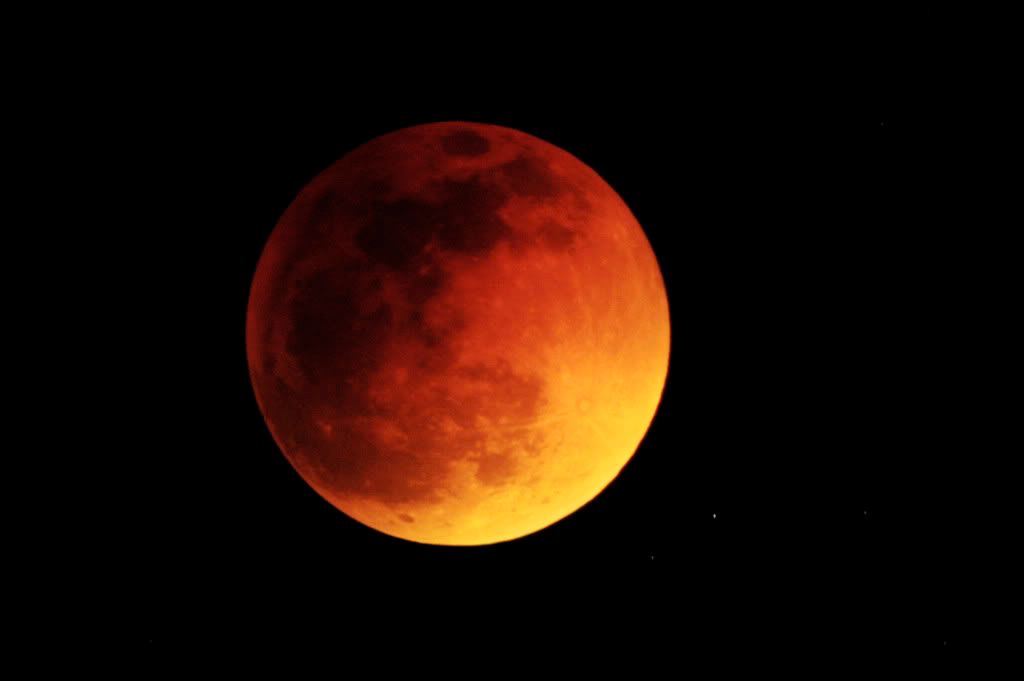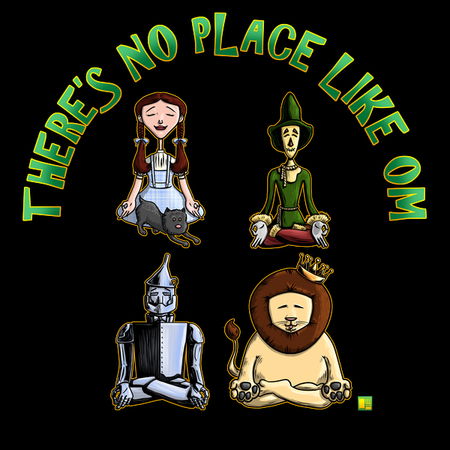 Last night was the total lunar eclipse, which I watched from the jacuzzi with my sister, my daughter and a few glasses of wine (theirs red, mine white) - it's delightful having Mari here through early Sunday morning, as she flew down from Atlanta earlier in the week to Tampa for a business conference, and then drove across the state to spend a few days with us.
Last night was the total lunar eclipse, which I watched from the jacuzzi with my sister, my daughter and a few glasses of wine (theirs red, mine white) - it's delightful having Mari here through early Sunday morning, as she flew down from Atlanta earlier in the week to Tampa for a business conference, and then drove across the state to spend a few days with us.
We have plans to hit the Hard Rock Hotel and Casino (where Sarah works) for their Happy Hour later today - chilling at home Friday evening (!) and TBA stuff for Saturday night (although the day is earmarked for sunning/lounging by/in the pool... :-)
I love my (13 years younger) baby sister and my blogging will be sporadic (if at all) over the next few days as we hang out together - more later...
Senior Science Writer
posted: 20 February 2008
A total eclipse of the moon tonight is expected to delight skywatchers across the United States and much of the world. It will be the last total lunar eclipse until 2010.
The easy-to-watch event will play out in several stages as Earth's shadow blocks sunlight from shining on the moon. Weather permitting, the eclipse will be visible from all locations in the United States, according to NASA. Along the Oregon and northern California coasts, the moon will rise during the early stages of the eclipse, however.
When to watch
Eclipses occur only at full moon when the sun, Earth and moon are in a perfect line. Because the moon's orbit around Earth is not perfectly aligned with the plane of Earth's orbit around the sun, eclipses do not occur at every full moon.
The moon will enter Earth's umbral shadow (the full shadow) at 8:43 p.m. ET (that's 7:43 p.m. Central, 6:43 p.m. Mountain and 5:43 p.m. Pacific) on Wednesday, Feb. 20. It will appear as though an ever-larger bite is being taken out of the moon.
Some 78 minutes later, the moon will slip into full eclipse. About 51 minutes later, a bright scallop will appear as the moon starts emerging. It will be completely out of the umbral shadow at 9:09 p.m. Pacific time, which is 12:09 a.m. ET on Thursday morning.
For Europe and Africa, the eclipse is a predawn Thursday event, with the moon starting entry to the umbral shadow at 1:43 Greenwich (or Universal) Time.
What you'll see
Look for the moon to possibly turn red during the total portion of the eclipse. "The exact color that the moon appears depends on the amount of dust and clouds in the atmosphere," according to a NASA statement. "If there are extra particles in the atmosphere, from say a recent volcanic eruption, the moon will appear a darker shade of red."
The redness occurs because while the moon is in total shadow, some light from the sun passes through Earth's atmosphere and is bent toward the moon. The effect is to cast all the planet's sunrises and sunsets on the moon.
Christopher Columbus famously used a blood-red eclipse in 1504 to frighten natives on Jamaica into feeding his crew.
The planet Saturn and the bright star Regulus will form a broad triangle with the moon's ruddy disk, according to Joe Rao, SPACE.com's Skywatching Columnist.
You don't need any special equipment to watch a lunar eclipse. Comfortable chairs and warm clothing are good ideas. A telescope will bring out interesting details of the lunar surface, and even a small telescope will reveal Saturn's stunning rings.
Between forest and field, a threshold
like stepping from a cathedral into the street—
the quality of air alters, an eclipse lifts,
boundlessness opens, earth itself retextured
into weeds where woods once were.
Even planes of motion shift from vertical
navigation to horizontal quiescence:
there’s a standing invitation to lie back
as sky’s unpredictable theater proceeds.
Suspended in this ephemeral moment
after leaving a forest, before entering
a field, the nature of reality is revealed.
QUOTE: "The night walked down the sky with the moon in her hand." ~ Frederick L. Knowles
 Last night was the total lunar eclipse, which I watched from the jacuzzi with my sister, my daughter and a few glasses of wine (theirs red, mine white) - it's delightful having Mari here through early Sunday morning, as she flew down from Atlanta earlier in the week to Tampa for a business conference, and then drove across the state to spend a few days with us.
Last night was the total lunar eclipse, which I watched from the jacuzzi with my sister, my daughter and a few glasses of wine (theirs red, mine white) - it's delightful having Mari here through early Sunday morning, as she flew down from Atlanta earlier in the week to Tampa for a business conference, and then drove across the state to spend a few days with us.




























No comments:
Post a Comment